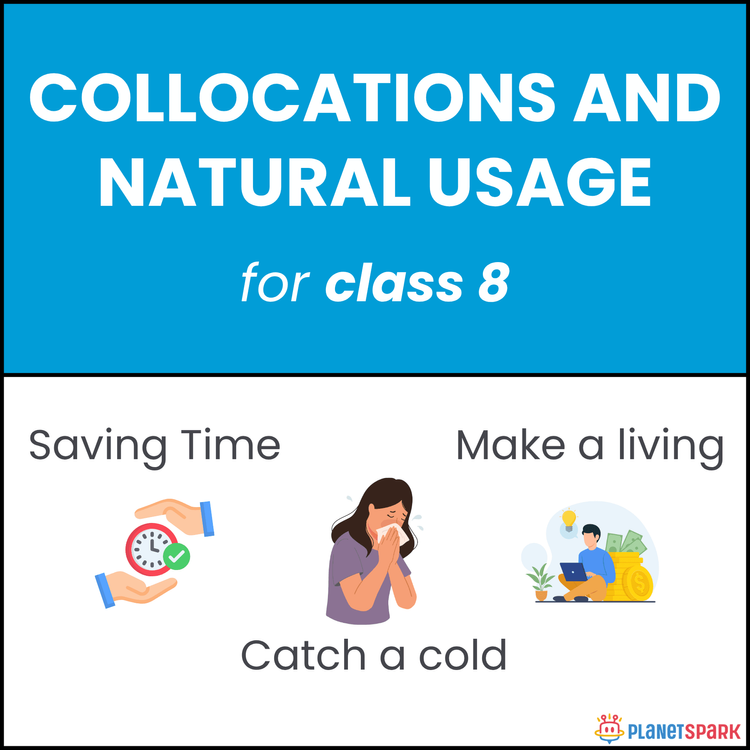How to Write an Autobiography for Kids: Step-by-Step Guide
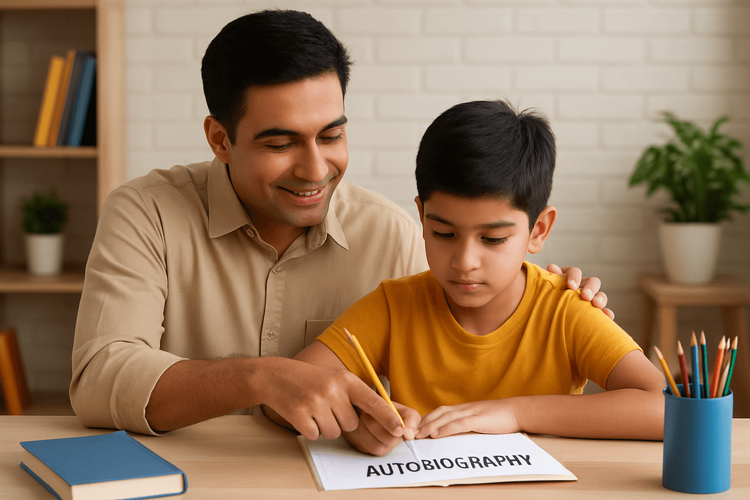
Helping your child write an autobiography can be a deeply enriching experience. It not only encourages self-expression and creativity but also helps kids develop critical thinking and language skills.
In this guide, we’ll walk you through a step-by-step process on how to write an autobiography for kids in a way that’s simple, engaging, and easy to follow. Whether you're a parent guiding your child or an educator planning a classroom activity, this blog will give you the tools you need to make autobiography writing an enjoyable and educational journey.
Help your child discover the joy of writing
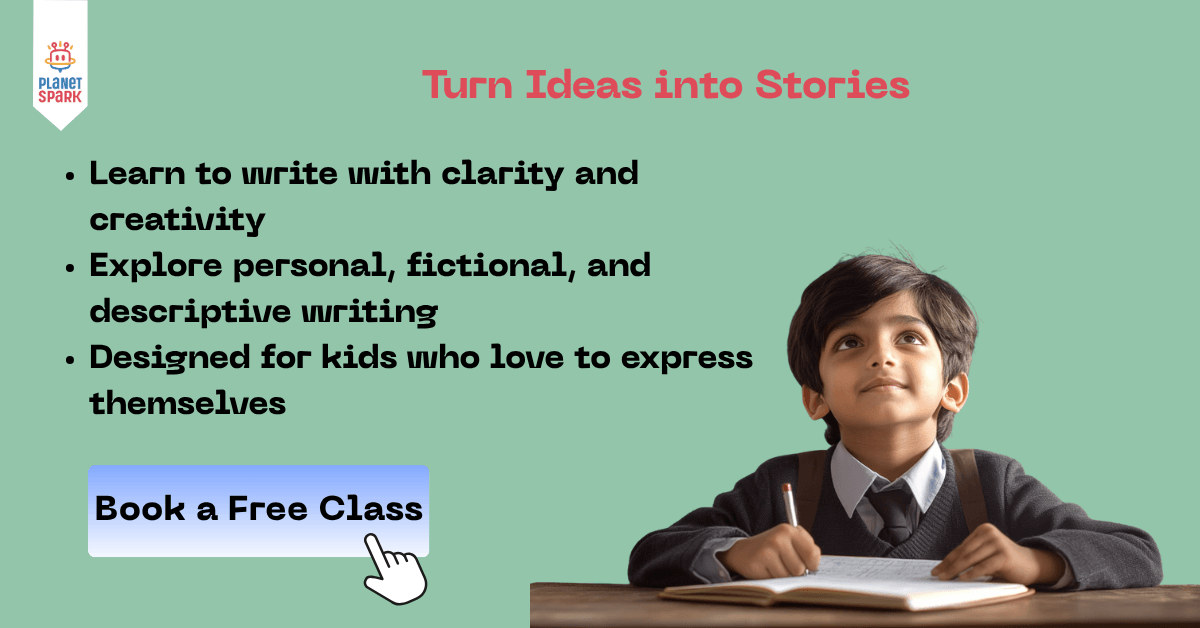
What Is an Autobiography for Kids?
An autobiography is a written account of a person’s life, told by that person. When children write autobiographies, they’re invited to reflect on their personal experiences, family life, school days, hobbies, achievements, and future dreams. It’s less about historical accuracy and more about helping young writers connect with their own story.
Writing an autobiography allows kids to:
Practice structured writing
Build vocabulary and grammar skills
Learn how to tell a compelling story
Understand and appreciate their own life journey
Why Should Kids Write an Autobiography?
Writing an autobiography is more than just a school assignment. It’s a chance for children to explore who they are, celebrate their accomplishments, and set goals for the future. Here are a few important benefits:
1. Encourages Self-Discovery
Children learn to reflect on their own experiences, emotions, and values.
2. Enhances Writing Proficiency
Autobiography writing develops skills in grammar, structure, vocabulary, and organization.
3. Builds Emotional Intelligence
Kids learn how to express their thoughts and feelings in a meaningful way.
4. Boosts Confidence
Seeing their life story on paper gives children a sense of pride and achievement.
Want your child to write with confidence?
Step-by-Step Guide: How to Write an Autobiography for Kids
This guide outlines eight simple steps that will help your child write an authentic, organized, and engaging autobiography.
Step 1: Begin with Brainstorming
Start by helping your child think about the major events, experiences, and people in their life. Encourage them to write down memories or create a timeline.
Questions to explore:
What is your earliest memory?
Who are the most important people in your life?
What are you proud of?
What are your favorite hobbies?
What was a difficult time in your life, and how did you overcome it?
A brainstorming session helps children organize their thoughts and decide which experiences to include in their autobiography.
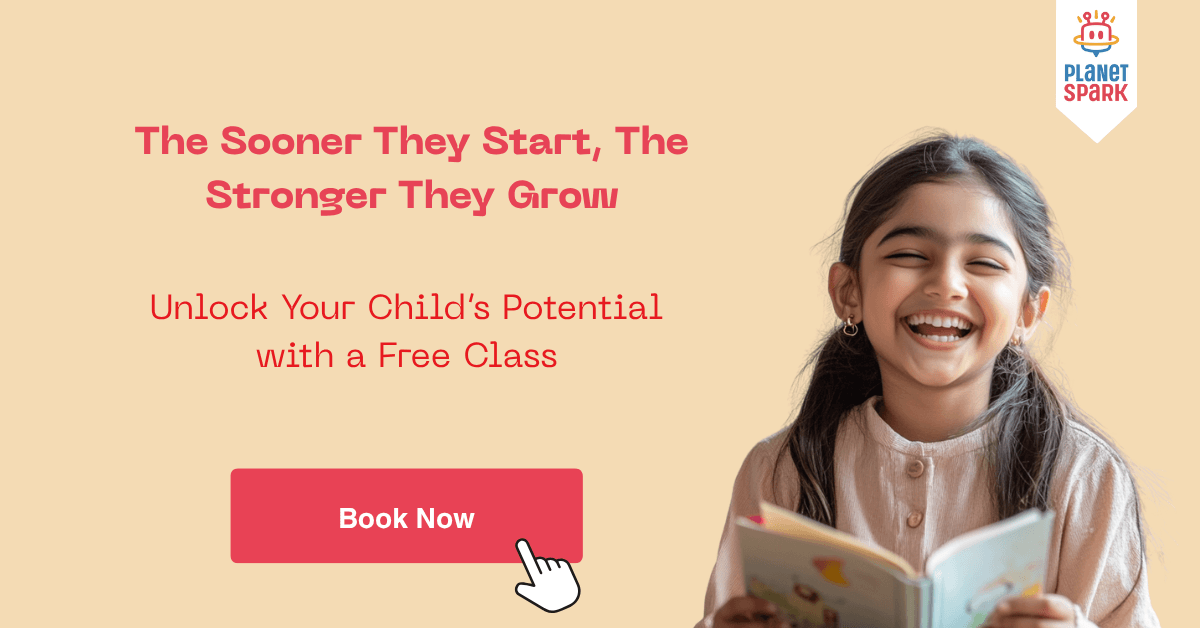
Step 2: Create a Simple Outline
Once your child has gathered their ideas, it’s time to organize them into a basic structure.
A typical outline might look like this:
Introduction: Basic details like name, age, and family
Early childhood memories
School experiences
Hobbies and interests
Challenges and lessons learned
Achievements and proud moments
Future goals and dreams
Conclusion and reflection
Having an outline ensures clarity and logical flow in the writing process.
Build better structure in writing.
Step 3: Write a Strong Introduction
The introduction sets the tone for the autobiography. It should include basic information about the child and offer an engaging opening.
Example:
My name is Aarav, and I’m 11 years old. I live in Delhi with my parents and younger sister. I love playing chess, reading mystery books, and painting on weekends. This is the story of my life so far.
Encourage your child to use a fun fact or a short anecdote to make their introduction more personal and engaging.
Step 4: Describe Key Life Events
The body of the autobiography should include important events and meaningful experiences. Help your child describe these moments with detail and emotion.
Suggested sections:
Early Years: Funny or memorable experiences from childhood
Family and Friends: Special relationships that shaped their personality
School Life: Favorite subjects, teachers, friends, and memorable school events
Hobbies: What do they enjoy doing outside of school?
Challenges: Times when they had to overcome difficulty or learn something new
Achievements: Awards, milestones, or moments of pride
Encourage your child to use descriptive language and complete sentences. Avoid lists; instead, help them write in paragraphs that tell a story.
Help your child write with feeling.
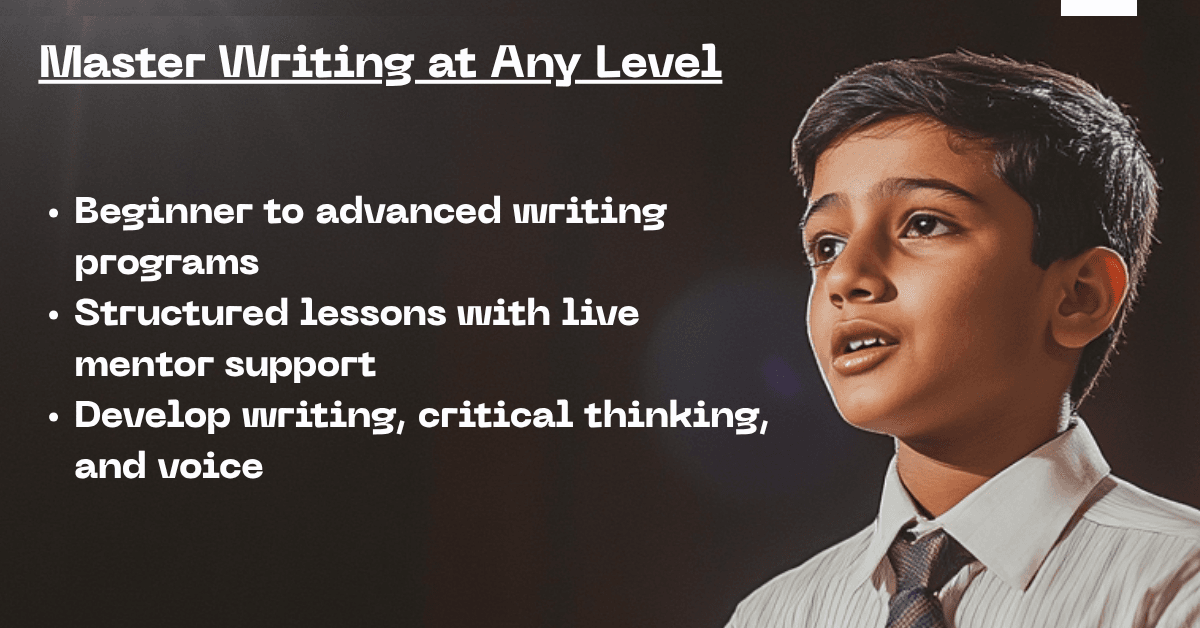
Step 5: Express Thoughts and Emotions
Writing an autobiography isn’t just about events—it’s about how those events made your child feel. Encourage them to write about their emotions and what they learned from different experiences.
Example:
When I changed schools last year, I felt nervous and lonely. But after a few weeks, I made new friends and started enjoying my classes. I learned that every new beginning brings its own opportunities.
Adding emotional insight helps children connect with readers and build empathy.
Step 6: Write About Dreams and Aspirations
A good autobiography often ends by looking ahead. Ask your child to think about their future and what they hope to achieve.
Prompts to consider:
What do you want to be when you grow up?
What goals do you have for the next year?
How do you want to help others or change the world?
This section helps children think long-term and builds a positive mindset.
Step 7: Review and Revise
Writing is a process, and editing is just as important as the first draft. Teach your child to:
Read their work aloud
Look for spelling and grammar mistakes
Reorganize unclear sections
Replace weak words with stronger, more descriptive ones
You can help by giving feedback or suggesting improvements, but let your child take the lead. This will help them grow as independent writers.
Writing improves with feedback
Step 8: Personalize the Final Draft
Once your child has revised their autobiography, encourage them to make it their own.
Ideas to personalize:
Add a title page and table of contents
Include photos or illustrations
Add quotes or captions
Use creative fonts or designs (if typed)
Bind it like a real book for keepsake
Make it a celebration. When your child finishes writing their autobiography, congratulate them on their effort and creativity.
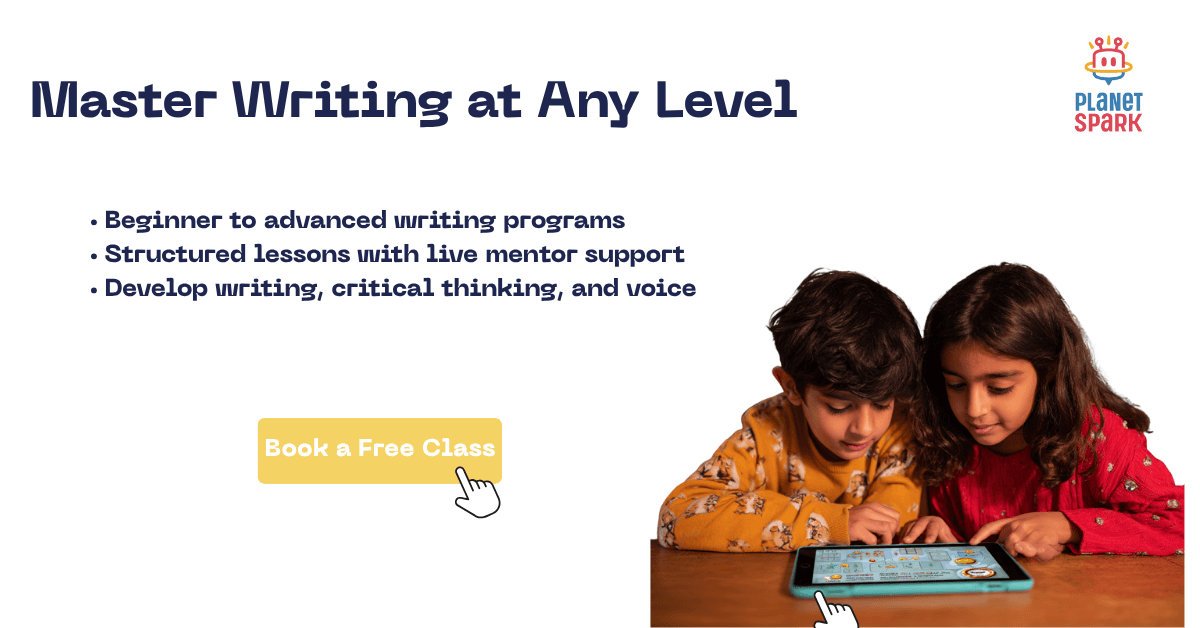
Sample Autobiography Excerpt
Title: Through My Eyes
My name is Manya. I am 10 years old and I live in Hyderabad with my parents and my younger brother. I enjoy science experiments and playing the piano. My earliest memory is my third birthday party when I got a stuffed giraffe that I still sleep with today.
School is a big part of my life. I love Math and English. I also enjoy playing basketball with my classmates.
One of my proudest moments was when I sang a solo in our school annual day. I was nervous, but I remembered my teacher's advice to breathe deeply and enjoy the moment.
When I grow up, I want to become a scientist and invent new things to make people’s lives easier. Writing this autobiography helped me understand myself better and reminded me of all the things I’ve experienced and learned.
Writing Prompts for Kids’ Autobiographies
Use the following prompts to spark ideas:
Describe your family in three words and explain why you chose them.
Write about a time you felt really brave.
What is your favorite holiday memory and why?
Who do you admire the most, and what have you learned from them?
If you could relive one day, which one would it be?
Tips for Parents and Teachers
Be encouraging: Let your child take creative risks without fear of mistakes.
Offer gentle guidance: Help them stay organized without taking over the writing.
Celebrate their effort: Finishing an autobiography is a big accomplishment.
Make it fun: Turn it into a creative project, not just a writing task.
Helping your child write an autobiography can be a meaningful and educational experience. It’s an opportunity to connect, reflect, and grow together. With this step-by-step guide, your child will have all the tools they need to create a powerful, personal story they’ll be proud of.
Whether your child is a budding writer or just starting out, guided support can make all the difference. The Planet Spark Creative Writing Course offers expert instruction, engaging activities, and one-on-one mentorship to help your child become a confident, capable writer.
Is your child ready to write their story? Give them the tools to shine.
Join the Planet Spark Creative Writing Course today.
Structured curriculum
Live 1:1 and group classes with expert mentors
Fun activities to develop writing and communication skills
Personalized feedback and progress tracking
Book a Free Trial Class Now and Help Your Child Discover the Joy of Writing
Frequently Asked Questions
1. What age should my child be to start writing an autobiography?
Children as young as 7 or 8 can begin writing simple autobiographies. With guidance, even early writers can express personal stories in a structured way.
2. How long should a child’s autobiography be?
It depends on your child’s age and writing ability. A 1–2 page autobiography works well for younger kids, while older children can aim for 3–5 pages with more detail.
3. Does my child need perfect grammar to write an autobiography?
No. The focus should be on self-expression and storytelling. Grammar can be improved during the editing phase, and mistakes are part of the learning process.
4. Can I help my child write their autobiography?
Yes, especially in the planning and organizing stages. Ask guiding questions, help structure their outline, and support them through revisions without rewriting it for them.
5. What should my child include in their autobiography?
Their name, age, family, memories, hobbies, school experiences, challenges, proud moments, and future goals. Encourage them to be honest and reflective.
6. How can Planet Spark help my child improve their writing?
Planet Spark’s Creative Writing Course offers a structured, interactive curriculum designed to build strong writing skills. With live classes, personalized feedback, and engaging activities, your child learns how to express thoughts clearly, organize ideas, and write confidently.
7. Is the Planet Spark Creative Writing Course suitable for all age groups?
Yes. Planet Spark offers age-specific programs for children from Grades 2 to 9. Each course is tailored to match your child’s writing level, ensuring they get the right support and challenges to grow.
8. How do I enroll my child in Planet Spark’s Creative Writing Course?
You can book a free trial class directly through the Planet Spark website. After the trial, you’ll get a detailed assessment of your child’s writing skills and a recommended learning path tailored to their goals.
Download Free Worksheets
Personalized Communication Report
Record a video to get a AI generated personalized communication report for your child

Hi There, want to try these
tips for your child with
LIVE with our expert coach?
Let's check your child's
English fluency

